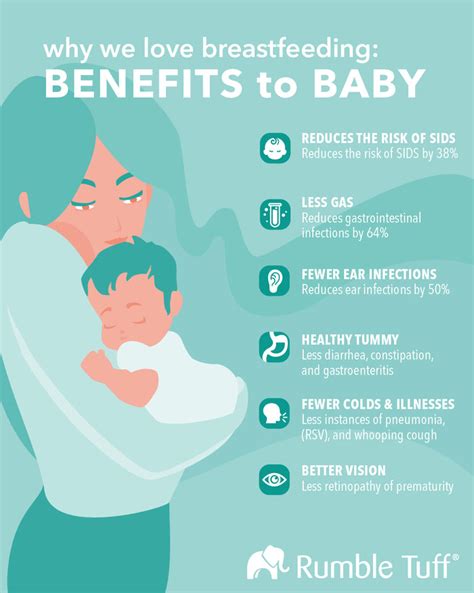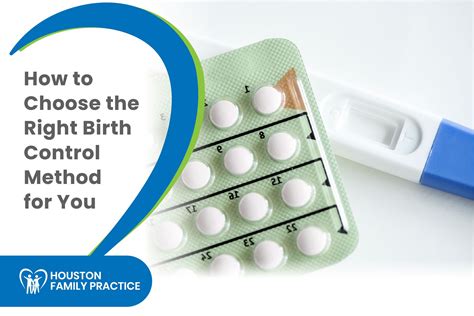Intro
Discover the connection between birth control and breastfeeding, including hormonal effects, lactation impact, and contraceptive options for nursing mothers, to make informed choices about family planning and maternal health.
Breastfeeding is a natural and essential process for mothers to nourish their babies, providing them with the necessary nutrients, antibodies, and bonding experience. However, many new mothers are concerned about how to manage their reproductive health while breastfeeding, particularly when it comes to birth control. The relationship between birth control and breastfeeding is complex, and it's essential to understand the various options available to make informed decisions. In this article, we will delve into the world of birth control and breastfeeding, exploring the benefits, risks, and best practices for mothers who want to balance their reproductive health with the demands of nursing.
For many women, the postpartum period is a time of significant physical and emotional change. As their bodies recover from childbirth, they must also navigate the challenges of caring for a new baby. Breastfeeding is a critical aspect of this process, providing numerous benefits for both mother and child. However, as mothers begin to think about their reproductive health, they may wonder how birth control will affect their ability to breastfeed. The good news is that there are many birth control options available that are compatible with breastfeeding, and by understanding the different types of birth control and their effects on milk production, mothers can make informed decisions about their reproductive health.
As mothers consider their birth control options, it's essential to remember that breastfeeding itself can be a natural form of birth control, at least for a short period. The lactational amenorrhea method (LAM) is a fertility awareness-based method that relies on the natural hormonal changes that occur during breastfeeding to prevent ovulation. When a mother is exclusively breastfeeding, her body produces high levels of prolactin, which can suppress ovulation and menstruation. However, this method is only effective when a mother is fully or nearly fully breastfeeding, and it's essential to remember that it's not foolproof. As babies begin to eat solid foods and breastfeeding becomes less frequent, the effectiveness of LAM decreases, and other forms of birth control may be necessary.
Types of Birth Control and Breastfeeding

There are many types of birth control available, and not all are created equal when it comes to breastfeeding. Some methods, such as combined hormonal contraceptives (CHCs), can affect milk production and infant growth. CHCs, which contain both estrogen and progestin, can decrease milk supply and may not be suitable for breastfeeding mothers. On the other hand, progestin-only contraceptives, such as the mini-pill, implant, or injection, are generally considered safe for breastfeeding mothers. These methods do not affect milk production and can be used as soon as six weeks postpartum.
Progestin-Only Contraceptives
Progestin-only contraceptives are a popular choice for breastfeeding mothers, as they do not contain estrogen and are less likely to affect milk production. These methods include: * The mini-pill: a progestin-only pill that must be taken daily * The implant: a small rod inserted under the skin that releases progestin * The injection: a shot of progestin given every three months * The intrauterine device (IUD): a small device inserted into the uterus that releases progestinThese methods are all effective forms of birth control and can be used while breastfeeding. However, it's essential to remember that each method has its own set of benefits and risks, and mothers should discuss their options with a healthcare provider to determine the best choice for their individual needs.
Benefits of Birth Control for Breastfeeding Mothers

Using birth control while breastfeeding can have numerous benefits for mothers. Some of the advantages include:
- Reduced risk of unintended pregnancy: Birth control can help mothers space out their pregnancies and avoid unintended conception.
- Increased freedom: With a reliable form of birth control, mothers can enjoy greater freedom and spontaneity in their relationships.
- Improved reproductive health: Birth control can help regulate menstrual cycles, reduce the risk of certain health problems, and improve overall reproductive health.
- Enhanced breastfeeding experience: By reducing stress and anxiety about unintended pregnancy, mothers can focus on enjoying the breastfeeding experience and bonding with their babies.
Risks and Side Effects
While birth control can be a valuable tool for breastfeeding mothers, it's essential to remember that each method carries its own set of risks and side effects. Some common side effects of progestin-only contraceptives include: * Breast tenderness * Nausea * Dizziness * Headaches * Weight gainIn rare cases, progestin-only contraceptives can also increase the risk of blood clots, stroke, and other cardiovascular problems. Mothers should discuss their individual risk factors with a healthcare provider to determine the best birth control option for their needs.
Choosing the Right Birth Control Method

With so many birth control options available, it can be challenging for breastfeeding mothers to choose the right method. Here are some factors to consider:
- Effectiveness: How important is it to prevent pregnancy?
- Convenience: How easy is the method to use, and how often must it be used?
- Safety: What are the potential risks and side effects of the method?
- Cost: What is the cost of the method, and is it covered by insurance?
- Personal preferences: What are the mother's individual preferences and values when it comes to birth control?
By considering these factors and discussing their options with a healthcare provider, breastfeeding mothers can choose a birth control method that meets their unique needs and priorities.
Postpartum Care and Birth Control
The postpartum period is a critical time for mothers to receive comprehensive care and support. As they navigate the challenges of caring for a new baby, they should also receive guidance on birth control and reproductive health. Healthcare providers can play a vital role in educating mothers about their birth control options and helping them choose a method that is safe and effective.Some key considerations for postpartum care and birth control include:
- Timing: When can birth control be started after giving birth?
- Breastfeeding: How will birth control affect milk production and infant growth?
- Risk factors: What are the mother's individual risk factors for blood clots, stroke, and other health problems?
- Follow-up care: What kind of follow-up care and support can mothers expect after choosing a birth control method?
By addressing these questions and concerns, healthcare providers can help breastfeeding mothers make informed decisions about their reproductive health and choose a birth control method that meets their unique needs.
Conclusion and Next Steps

In conclusion, birth control and breastfeeding are complex and interconnected topics. By understanding the different types of birth control and their effects on milk production, mothers can make informed decisions about their reproductive health. Whether choosing a progestin-only contraceptive or another method, breastfeeding mothers should prioritize their individual needs and priorities, discussing their options with a healthcare provider to determine the best course of action.
As mothers navigate the challenges of breastfeeding and birth control, they should remember that they are not alone. With the right support and guidance, they can enjoy a healthy and fulfilling breastfeeding experience while also protecting their reproductive health. By taking the time to educate themselves and explore their options, breastfeeding mothers can make informed decisions that benefit both themselves and their babies.
What is the best birth control method for breastfeeding mothers?
+The best birth control method for breastfeeding mothers is often a progestin-only contraceptive, such as the mini-pill, implant, or injection. These methods do not affect milk production and can be used as soon as six weeks postpartum.
Can breastfeeding mothers use combined hormonal contraceptives?
+Combined hormonal contraceptives (CHCs) are not recommended for breastfeeding mothers, as they can decrease milk supply and may not be suitable for infant growth. However, some healthcare providers may prescribe CHCs in certain circumstances, such as when a mother is no longer exclusively breastfeeding.
How soon can breastfeeding mothers start using birth control after giving birth?
+Breastfeeding mothers can typically start using birth control as soon as six weeks postpartum, although this may vary depending on the method and individual circumstances. It's essential to discuss birth control options with a healthcare provider to determine the best time to start using a particular method.
We hope this article has provided valuable insights and information on birth control and breastfeeding. If you have any further questions or concerns, please don't hesitate to reach out to a healthcare provider or leave a comment below. Remember to share this article with friends and family who may be navigating the challenges of breastfeeding and birth control, and let's work together to support and empower mothers around the world.
